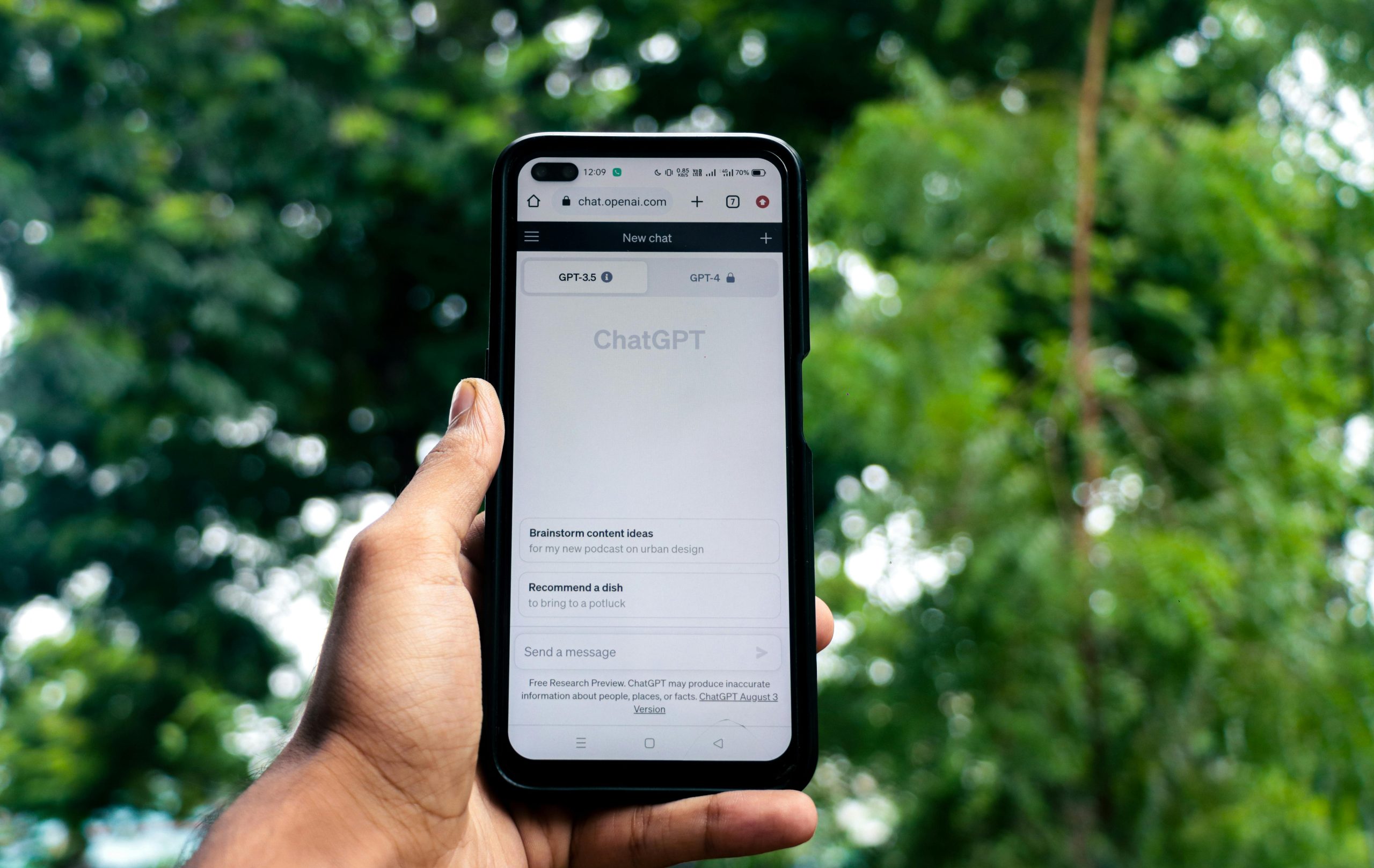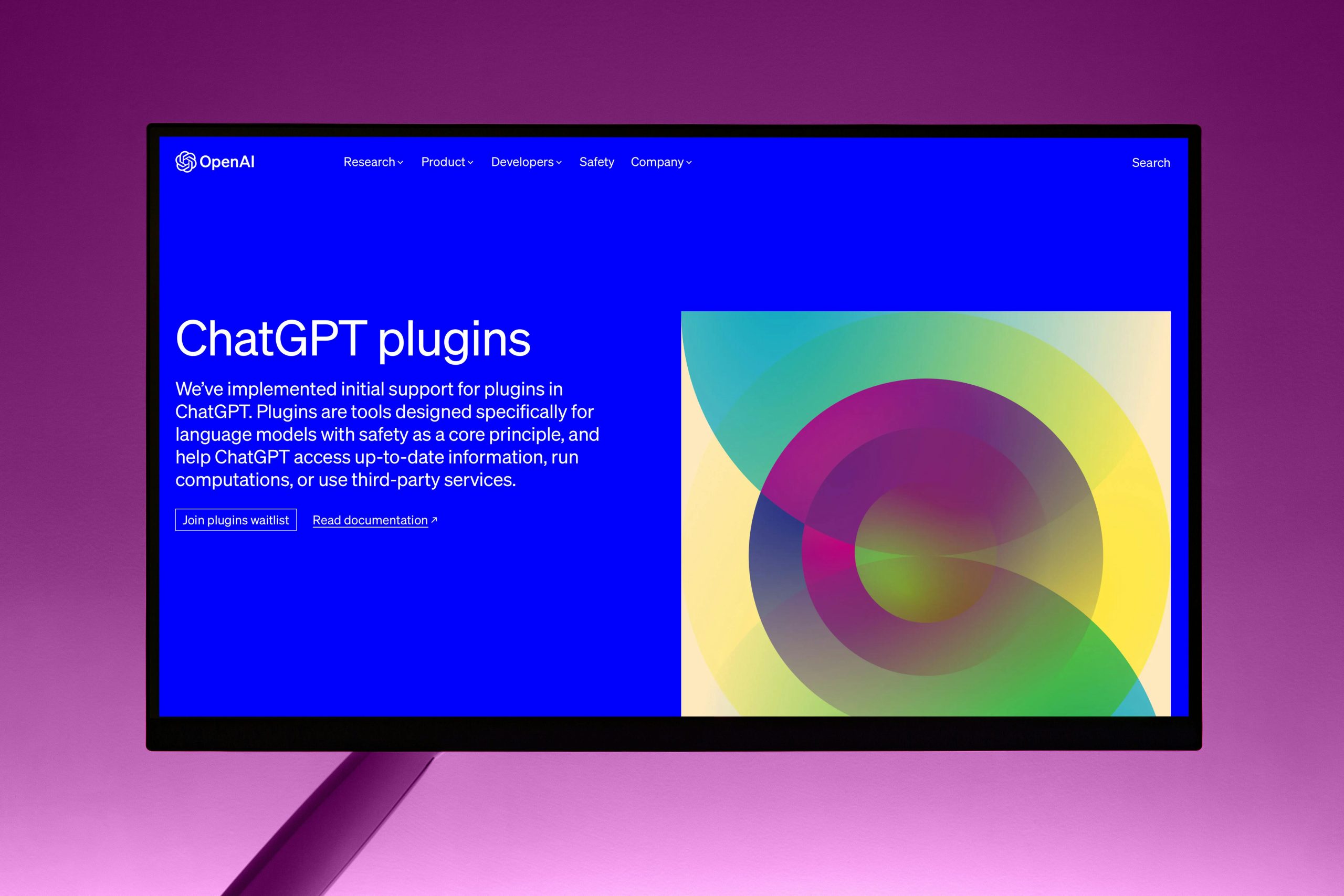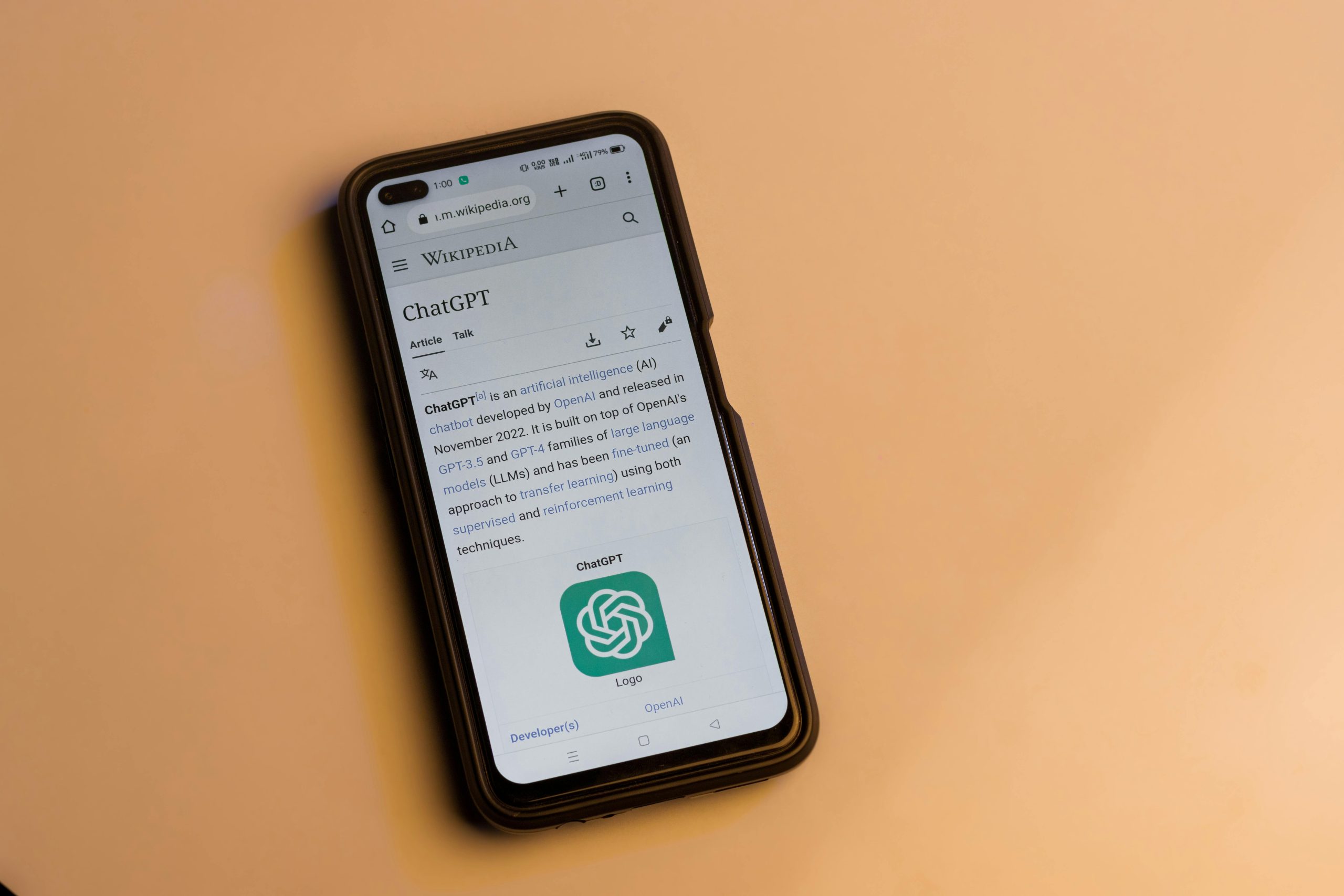
The Integrity Line: What Generative AI Absolutely Cannot Do
Knowing what to disclose is only half the battle; knowing what is strictly forbidden is the other, more vital half. The guidelines of 2025 have drawn firmer lines around manipulative or deceptive uses of this technology. These prohibitions safeguard the very core of your Research Integrity.
Falsification, Fabrication, and “Hallucination” Hazards
Generative AI is a language model, not a truth engine. Its primary function is pattern completion, not scientific accuracy. Therefore, its application in areas that *produce* evidence is severely restricted, if not outright banned, by many journals.
- Data Synthesis Prohibition: Do not use AI to “fill in” missing data points or to synthesize evidence to support a pre-determined conclusion. That is research misconduct.
- Image Manipulation: Altering, fabricating, or generating scientific figures or charts without explicitly labeling the process and ensuring the visualization accurately represents the raw data is prohibited 5 4.
- Hypothesis Generation: While AI can suggest avenues, the primary hypotheses driving the research must be human-conceived and the AI’s suggestions must be treated as speculative input, not primary conceptual drivers requiring detailed methodological disclosure as if they were part of the original experimental design.
The Peer Reviewer’s New Lens: Confidentiality Protocols
An ethical obligation extends beyond your manuscript to the review process itself. Every major publisher warns that reviewers and editors must *never* upload manuscripts under review into public AI tools 1. If you are providing supplementary materials or responding to reviewer comments via an AI tool, you are potentially exposing proprietary, unpublished work to a third party. If you are a reviewer, remember that you are safeguarding the intellectual property of the authors—do not compromise that trust by feeding their drafts into a public LLM for summarization or critique.
Building Your Submission Fortress: A Practical Pre-Flight Checklist
Before you hit ‘Submit,’ step back. Imagine you are the most skeptical editor in your field. Run through this final, actionable sequence. This is how you secure your work against modern scrutiny, grounded in the real-world mandates observed in late 2025 4 9.
The 2025 Author’s Final Verification Sequence
- Authorship Declared? Confirmed in writing: AI is NOT an author, and all listed authors meet the ICMJE criteria (conception, drafting review, final approval, accountability) 6.
- Overall Responsibility Vowed? Explicitly stated: Human authors assume *full legal and ethical responsibility* for the entire manuscript, including AI-assisted parts.
- AI Use Disclosed? A statement exists (in Methods, Acknowledgements, or dedicated section) detailing any use beyond basic spelling/grammar corrections.
- Metadata Complete? For substantive use, the disclosure includes the Tool Name, Version, and Specific Purpose/Task 1 2.
- Prompts Captured (If Substantial)? If the AI drafted content that directly shaped your findings or discussion, are the prompts logged and available if requested?. Find out more about Reporting guidelines for generative AI studies tips.
- Verification Confirmed? A strong internal assertion (and potentially a written statement) that all AI-generated factual content and references have been manually verified against original sources 5.
- Privacy Check Passed? Confirmed: No confidential, proprietary, or participant data was entered into unauthorized public AI models.
- Exemptions Clear? If you *didn’t* disclose, is the use *only* limited to basic grammar/spelling correction, which major publishers generally exempt 1? (When in doubt, disclose!)
This checklist isn’t a suggestion; it’s your shield against the uncertainties of new technology. Think of the effort you put into experimental design and statistical analysis—this reporting layer requires the same rigor. It’s about protecting your career and, more importantly, the integrity of the scientific record itself. Remember the cautionary tales of early 2025 retractions due to vague or absent disclosures; those mistakes are entirely avoidable with this structured approach to Manuscript Preparation.
Conclusion: Innovation With Integrity. Find out more about learn about Reporting guidelines for generative AI studies overview.
The transformative potential of generative artificial intelligence is undeniable, offering unprecedented boosts to human creativity and efficiency. However, the foundational values of scientific accuracy, integrity, and transparency must remain inviolable. The integration of these comprehensive reporting standards ensures that we are harnessing this powerful new tool responsibly, amplifying our research output without compromising our scholarly duty. The line between innovative use and abdication of that duty is marked by the clarity of your declarations and the robustness of your metadata. Get this right, and you signal that you are a forward-thinking researcher who respects the ancient compact of science: to report findings honestly and traceably. Good luck with your submission.
What is the single most time-consuming part of this AI disclosure process for your current project? Share your biggest current challenge in the comments below—let’s discuss practical solutions for better Ethical Research Frameworks!
AI Policies in Academic Publishing 2025: Guide & Checklist (Thesify)
APA New Guidance on Generative AI Use in Scholarly Publishing (ETIH EdTech News)
Academic Journal AI Policies to Ensure Author Compliance (Scholastica)
Guidelines for the Responsible Use of Generative AI Tools (CMAAE)
Defining the Role of Authors and Contributors – ICMJE 2025
We must set the rules for AI use in scientific writing and peer review (Times Higher Education)
AI Use Statement (BAMM Journal) citing COPE
AI Use Statement (BAMM Journal) citing COPE
COPE Position – Authorship and AI
Guidelines for the Responsible Use of Generative AI Tools (CMAAE)










